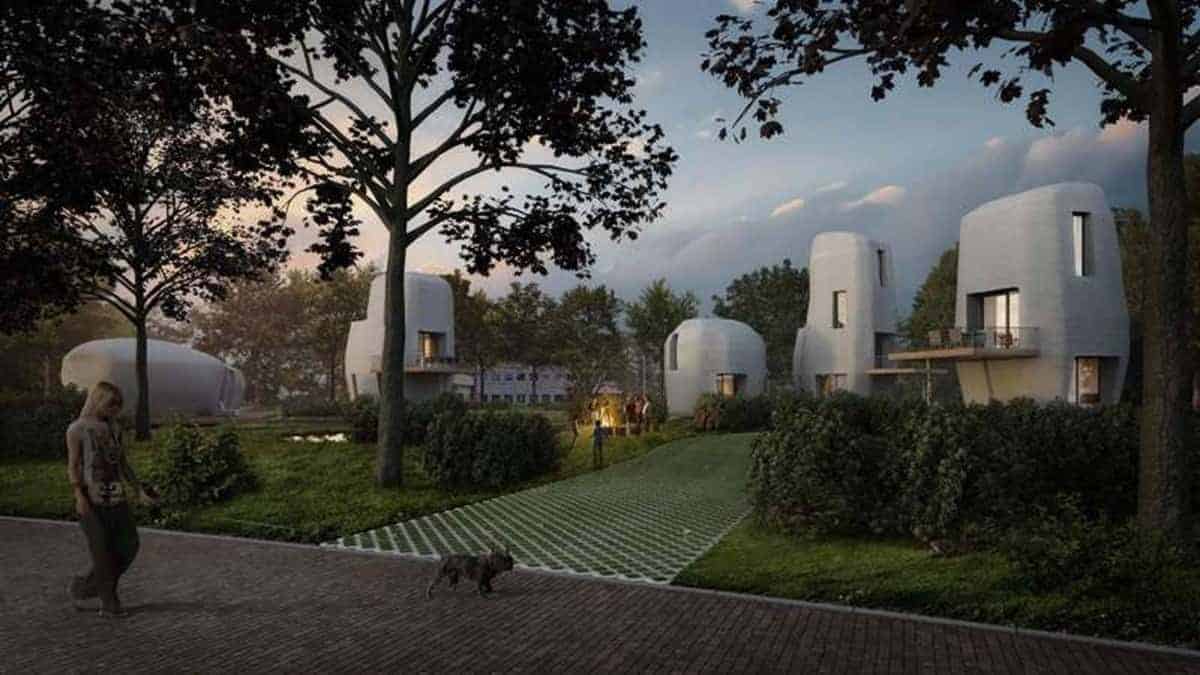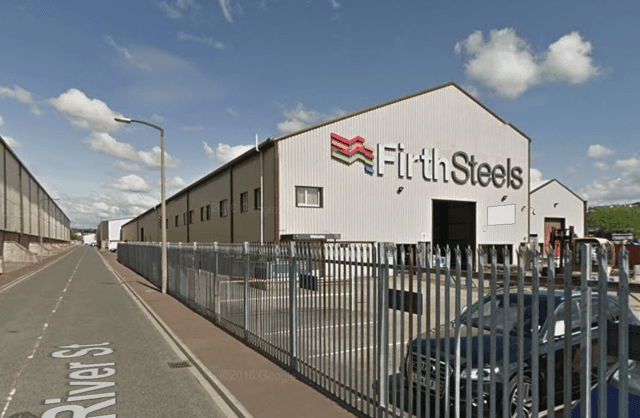Working alongside Van Wijnen, a construction company on a project entitled Project Milestone, 3D printing specialists from Eindhoven University of Technology are using a large 3D printer to produce 5 pebble-style houses.
Using a large robotic arm with a nozzle attached that will follow the digital designs layer by layer, the houses will be printed using a cement mixture, which has a consistency that is not unlike whipped cream. The cement is printed out in very thin ribbons.
Compared to construction that uses cement moulds, this approach will help to reduce the waste as only the required amount of cement will be poured out at any one time.
The 5 houses created by the partnership will be located within a wood in the Eindhoven district of Meerhoven, with the first being relatively simple. By simple we mean a single floor property with the 3D printer only being used to make the internal and exterior walls.
Each house after that will be more sophisticated and complex, as the researchers will be using it as a learning experience to improve their technique. It is thought that some of the properties may even have additional installations such as plumbing fabricated as the process progresses.
In a press release regarding the project, it was noted that the area surrounding the location of these 3D homes is being transformed into a sculpture garden and will feature ambitious and high quality projects involving architecture used as sculptures in a constantly changing landscape.
Interesting and unique shapes are not normally how we envision budget housing, but that is what to expect from these creations. There will be irregular and exotic structural designs and softened, rounded edges to showcase the fact that 3D printing can create virtually any shape.
In the long-term, the idea is that if these 3D printed houses work well, it could prove to be a new and cost-effective way to build homes to the specific spec of buyers without the cost increasing too much. There is even talk of these buildings having electronics such as wireless controls and sensors embedded into the walls during the printing to create smart homes.
Van Wijnen have noted that this project could show that housing made from a 3D printer is a sustainable, customisable and affordable alternative as the country is seeing a shortage of skilled bricklayers and other workers in the construction industry.
Professor Salet from Eindhoven University added that this new printing technology allows things that couldn’t be done before to be achieved. Including the creation of shapes that were ordinarily very difficult to make and even when they could it would be in large batches. With the new printer they will be able to do very bespoke industrial work.
Furthermore, noting the point made further up the page, the professor highlighted that because the only concrete that is ever used is what is required, there is less waste.
This is not the first time 3D printers have been used to create homes. However, these 5 buildings are the first 3d-printed dwellings that can actually be inhabited. Once they are completed, they will be rented out via a real estate company, and they are looking to house the first occupants sometime during 2019.




